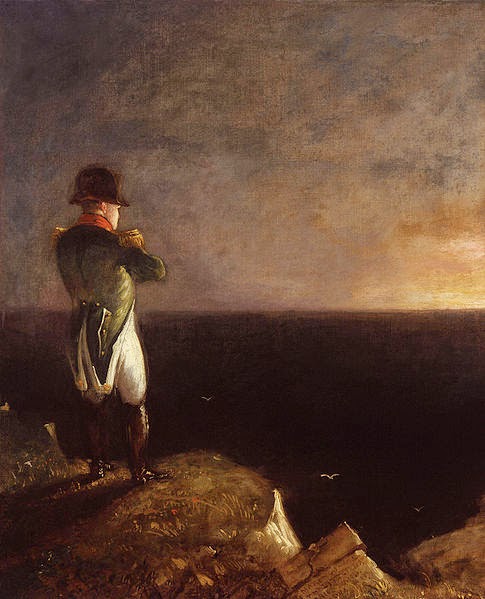Napoleon and the Legion of Honour

The National Order of the Legion of Honour (French: Ordre national de la Légion d'honneur), formerly the Royal Order of the Legion of Honour (Ordre royal de la Légion d'honneur), is the highest French order of merit, both military and civil. Established in 1802 by Napoleon Bonaparte, it has been retained (and slightly altered) by all later French governments and régimes. The order's motto is Honneur et Patrie ("Honour and Country"), and its seat is the Palais de la Légion d'Honneur next to the Musée d'Orsay, on the left bank of the Seine in Paris. The order is divided into five degrees of increasing distinction: Chevalier (Knight), Officier (Officer), Commandeur (Commander), Grand officier (Grand Officer), and Grand-croix (Grand Cross) or the Grand Eagle. This order was founded on 19 May 1802. The idea During the French Revolution, all of the French orders of chivalry were abolished and replaced with Weapons of Honour. I...










